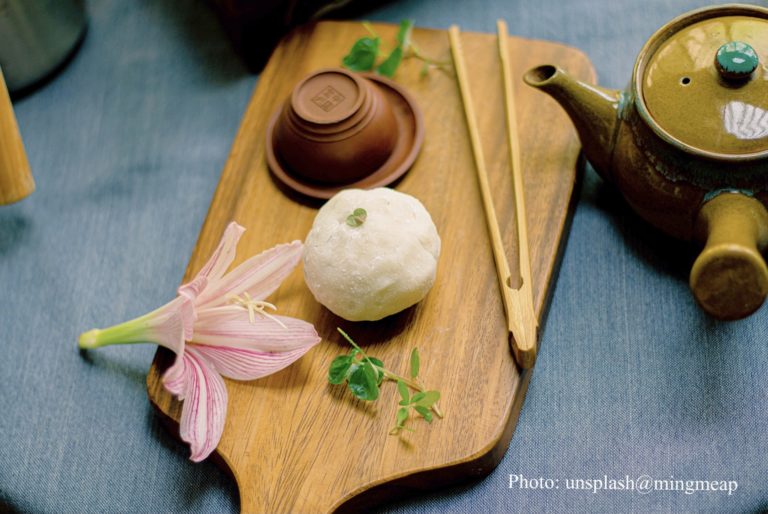
How to Spend a Slow and Sweet New Year in Japan
New Year’s differs in every culture: in the West, it is largely seen as a glitzy party night, where people usually gather with friends, pop champagne and celebrate extravagantly. Or at least, that’s what the ultimate goal and fantasy of what a New Year’s Eve should look like, according to all the movies.
But here in Japan, New Year’s is a quieter, more docile affair–it’s a time that people return home to their roots and spend time with their family. Interestingly, you could even compare New Year in Japan to Christmas in the West; for most Western countries, Christmas is a time for family, spent at home with your near and dear ones, and this emulates the same warm spirit you find in New Year’s in Japan.
New Year's Food
Rather than spending the night drunk with friends, or trying to find tickets to the most exclusive club event for the 31st of December, the average Japanese person would actually spend the night with their family, eating traditional New Year’s food. Popular New Year’s in Japan include omochi, osechi and toshikoshi soba.

Omochi is a sticky rice paste, that is often found in ozoni (New Year’s soup), and traditionally, it is seen as a prosperous food, as it’s supposed to represent longevity (the irony, however, is that there are some cases of elderly people choking on omochi…).

Osechi, on the other hand, is an assortment of Japanese food that is beautifully presented in a jubako (a fancy bento box) and families usually make all the individual dishes together.

Finally, toshikoshi soba is soba that is eaten on New Year’s Eve–toshikoshi means ‘cross over the year’, and so, the act of eating the soba metaphorically represents the year crossing over, to the next!
But as much as we all love food, and as much as I can write on and on about Japanese food, I’d also like to share some other Japanese New Year’s traditions, including that of New Year greeting cards (nengajo).
New Year's Greeting Card
In Japan, sending a New Year’s greeting card to both personal and business contacts is a tradition, albeit a dying one, quite like Christmas greeting cards. But whilst Christmas greeting cards in the West are usually sweet and frivolous, New Year greeting cards are somewhat ritualistic, especially if it’s tangled in business. Your average Japanese business worker is likely to send handwritten greeting cards to not only their clients but also their managers, directors and so forth.

And things don’t get easier with age or authority either: in fact, the more senior you are, the more New Year’s greetings you will most likely have to write. However, the younger generation sees nengajo as time-consuming and obsolete, with most young people choosing instead to send a New Year’s greeting through a text message instead. Some companies are also adopting this method and digitalising their New Year’s greeting too, underscoring how the fabric of Japanese culture is slowly but surely changing.
New Year's Lucky Charms

Other Japanese New Year’s traditions include that of hatsumode, going to a shrine for the first time in the New Year to greet the gods and ask them for good luck for the upcoming year.
Many families go to hatsumode in the early hours of the January 1st, and popular shrines and temples can expect a large crowd of worshippers, all armed with money and a head full of dreams. Shrines and temples usually accommodate this large influx of guests with small stalls that sell simple but delicious Japanese foods and hot drinks.
One particular fun tradition of hatsumode is that of omikuji: picking your fortune! Whilst it may not be the most Covid friendly thing to do in this day and age, for 100-yen, people can test their luck for the year and pick out a paper fortune. Whether you believe in what your fortune says, well, that’s up to you (and most likely to depend whether you get Excellent or Bad fortunes!).

But you know what the reality of New Year’s in Japan is like?
Well, let me turn the question on you: does your Christmas look like something from the movies, with snow glistening in the background, the fire roaring and chestnuts roasting and blah-di-blah? I’m guessing ‘no, not quite’ and that’s exactly the same for Japan! Whilst the expectations might be that of a picture-worthy reunion with your family (including grandma and grandpa, and all your cousins), with gorgeous food laid out extravagantly on the table, your typical Japanese person is most likely to spend their New Year’s lazing around, watching Live television specials whilst eating horizontally, whether that be at their family’s home or alone in the city.
Personally, I love New Year’s in Japan because of this laziness and slowness: in the Japanese metropolitan cities, life can really feel like a rat-race at times and so these days off are precious, perfect for reflecting the year that’s passed and recharging for the year that is to come.
So, a Happy New Year from us!

You May Also Like

Girls Are Supposed to Gift Chocolates to Male Colleagues on Valentine’s Day in Japan?
February 14, 2022